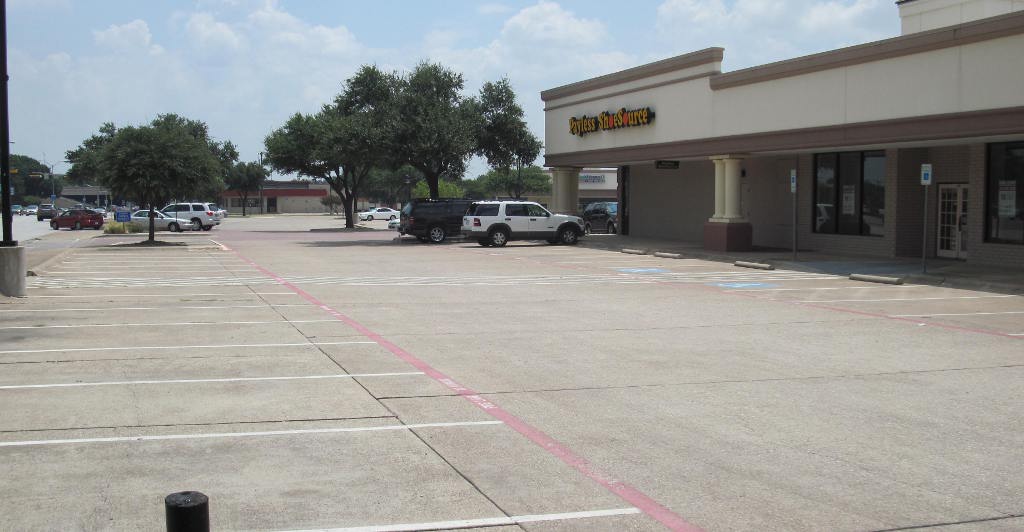At a time when the retail landscape looks very different than it did just a few short years ago, one of the most striking changes seen is the number of medium and large boxes no standing empty.
Every few months, we hear the announcement of another major brand consolidating or announcing bankruptcy or significant closures. The changes in shopper’s behavior have given the traditional brick-and-mortar retailers, shopping center owners, and developers a wake-up call.
Ideally, an owner would prefer to replace the vacancy with a like-size retailer, but there is a relatively limited pool of traditional brands available to fill those larger boxes—particularly at a time when more retailers are embracing smaller and more efficient formats.

Consumers now expect an experience when they shop and want restaurants and fitness (both large format and boutique) in the centers they frequent. Restaurants and other food tenants occupied just 10 or 15 percent of a shopping center a decade ago. They occupy anywhere from 20 to 40 percent today, and the amount of square footage leased by gyms and fitness centers have grown 70 percent since 2013.
However, when looking for multiple smaller tenants to fill a box, the challenges presented by the physical spaces themselves cannot be discounted. From ceiling heights and potential zoning issues to prohibitive use clauses to buildout requirements, the size and specific dimensions of larger boxes can make renovations costly or even cost-prohibitive.
One recent success story for back-filling boxes, is Susan Ridley of The Retail Connection, working along-side our ChainLinks affiliates, representing Kohl’s in their highly publicized right-sizing initiative for their 1,000+ stores.
Kohl’s recently announced a partnership with Planet Fitness to open ten workout facilities ranging between 10,000 to 25,000 square feet–with more deals in the pipeline. This is a true win-win-win for Kohl’s, Planet Fitness, and the owners of the Kohl’s boxes. In one transaction, Kohl’s sheds a significant amount of square footage and rent; Planet Fitness adds multiple locations, and the landlords gain a retailer that generates daily traffic to the center.
Although many retailers are leaning towards smaller formats, many traditional entertainment concepts such Main Event, Dave & Buster’s, Pinstripes, and Pinstack and exciting new concepts such as Legoland, Earth Trek (an indoor rock-climbing center), and Candytopia, which took the former Treehouse space at Walnut Hill and I-75, need the larger format to create their desired experience.
Non-traditional retail uses including self-storage centers, co-working, and meeting/office space concepts like WeWork and WorkBar, uses like clinics, outpatient facilities, hospital satellite campuses, and educational facilities are also actively looking for large spaces.
Bottom line: retail remains the most fluid sector of commercial real estate.
There will always be entrepreneurs with new concepts and forward-thinking owners eager to meet the ever-changing needs of the shopper.
The back-filling of vacant boxes is just the latest challenge to the retail real estate industry. However, all challenges bring opportunities further, highlighting the need for brokers, owners, investors, and landlords to find new and creative ways to fill these empty spaces.
Steve Zimmerman is a managing director at The Retail Connection.





